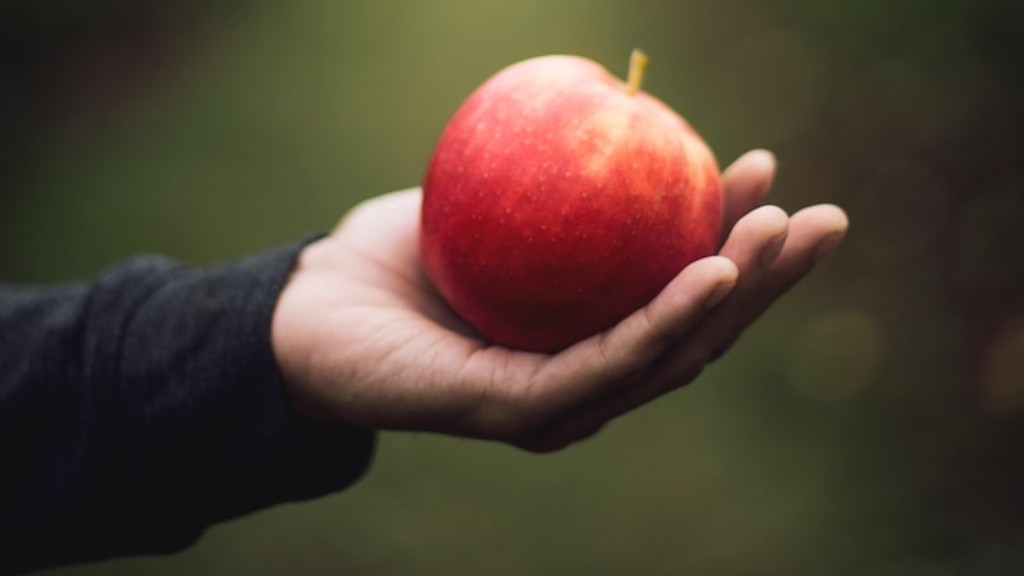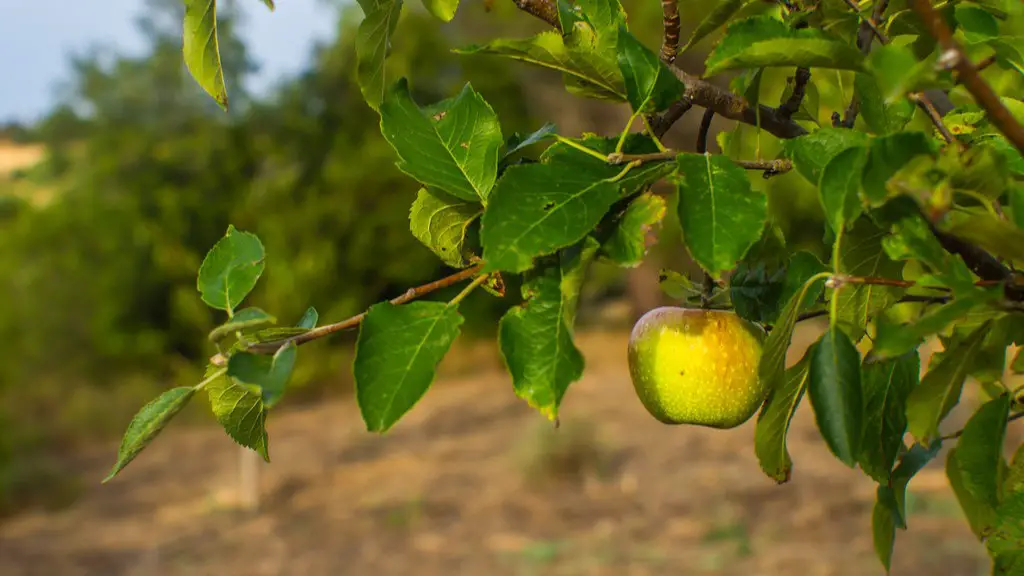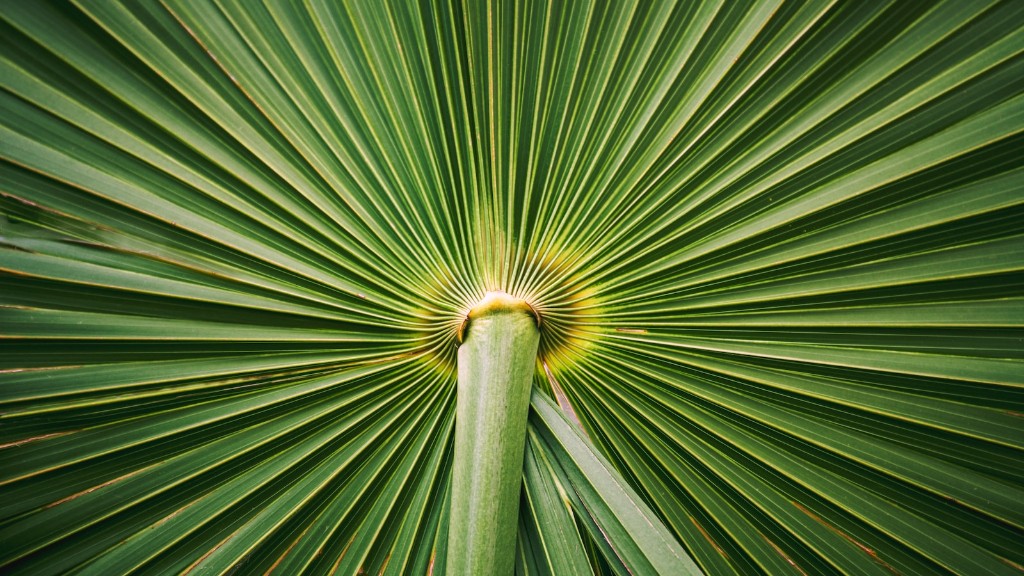A custard apple tree looks like a typical tropical tree with large, oval shaped leaves and a broad, spreading canopy. The trunk is usually straight and covered in smooth, greyish bark with lighter patches at the base. The fruit of the tree is usually oval in shape, with a yellow to light green in color, and covered in a thin, creamy white layer of flesh. The fruit taste sweet with a custardy aroma and have a creamy, smooth texture.
When it comes to the flowers, the custard apple tree has small white or pale pink buds that usually form compact clusters at the ends of the branches. The flowers are fragrant, attracting bees and pollinators, and turn into small fruits with a soft, papery covering. The fruits are typically ripe in the late spring to early summer season, and can be eaten fresh or made into a custard.
Custard apple trees require plenty of warm temperatures and adequate moisture to flourish. The optimal temperature should be between 70-85°F (21-29°C) and needs regular water during the flowering and fruiting periods. The trees are commonly found in tropical and warm areas, where the temperatures are able to stay consistently warm throughout the entire year.
The Custard apple tree is quite hardy and low-maintenance in its growing requirements, making it popular among home gardeners. The most important requirement is correct soil drainage and quality, as the tree needs well-drained soil to ensure a healthy crop. Regular pruning and grooming should also be done in order to keep it from getting overgrown or developing disease.
Fertilizing the Custard apple tree is necessary in order to ensure a healthy crop. The best time for fertilizing is during the early spring, as the tree starts to produce new foliage and fruits. Organic fertilizers such as compost, aged animal manure, or well-rotted cow manure should be used in order to supply the tree with the nutrient boost it needs to produce its delicious fruits.
Growth Habits of Custard Apple Tree
Custard apple trees have a fast growth rate and can reach heights of up to 25 feet under ideal conditions. They are evergreen trees and remain in foliage year-round. The branches of the tree usually hang low, making it ideal to be grown in containers or use as a shade tree.
The trees are fairly drought tolerant, as long as the soil is well-drained and the climate is not too hot. The full flowering and fruiting period of the custard apple tree typically lasts from late spring to early summer. The trees can produce fruit for a few years, although the yield may start to decline after a couple of years.
Custard apple trees are quite hardy, and can tolerate mild frosts without any damage. They do not need a lot of pruning, apart from removing dead or wayward branches to maintain its form. This makes them ideal specimens for home gardeners and landscaping, as they have relatively low maintenance requirements.
Terminology Of Custard Apple Tree
The scientific name of the custard apple tree is Annona reticulata and it belongs to the family of Annonaceae. It is also known as sugar apple, bullock’s heart, and cherimoya. The fruits of the custard apple tree have a creamy, custard-like flavour, hence the name ‘custard apple.’
The tree is an important cultural symbol in many countries, having been depicted in artwork and literature for centuries. In India, for example, the tree is seen as an icon of fertility and abundance, and its fruits are seen as a symbol of love and generosity.
Today, the Custard apple tree is grown in many parts of the world, either for its unique flavour or for its easy-to-care-for nature. It can be found in many orchards around the world, as well as in home gardens and commercial agricultural settings.
Uses Of Custard Apple Tree
The custard apple tree is most commonly cultivated for its fruits. The ripe, sweet fruits are eaten fresh, or used to make all kinds of desserts and beverages. They can also be made into jams, jellies, preserves, and ice creams. The fruit is a good source of vitamin C and is rich in antioxidants.
The leaves and seeds of the tree can also be used in traditional medicinal preparations. The leaves are typically brewed into a tea, which is believed to have anti-inflammatory properties. They are also believed to help reduce fever and boost the immune system. The seeds, on the other hand, is believed to have laxative and antiseptic properties and is often used to treat digestive problems.
In some areas, the wood of the custard apple tree is harvested for use as lumber. It is a durable wood, with a high density, giving it a long lifespan even when used outdoors. It is often used to make furniture, building materials, and other wooden items.
Harvesting The Custard Apple Tree
Harvesting the fruits of the Custard apple tree is comparatively straightforward. The fruits usually ripen on the tree, and can be picked when they turn a yellowish-green color. The fruits should be picked when they are fully ripe since they have a short shelf life after they are picked. Care should be taken when harvesting the fruits, as they can be easily damaged.
If not eaten soon after harvesting, the custard apples should be refrigerated in order to extend their shelf-life. The fruits can be stored in the refrigerator for several weeks and can be kept frozen for up to a year. The fruits must also be handled very carefully, as they bruise easily.
The fruits can also be processed and frozen for longer shelf life. It can be used in a variety of recipes, from ice cream and smoothies, to custards and salads. If the fruits are not used within a few days, they can be canned or even dried, to preserve the flavour and nutrients.
Custard Apple Tree Disease
Custard apple trees are likely to be affected by pests and disease. The most common disease is anthracnose, a fungal disease caused by the fungus Colletotrichum gloeosporioides. It affects both the leaves and fruits of the tree, causing them to become blotched or spots, and eventually drop from the tree. It can be treated with fungicides, but prevention is the best action.
Other common pests and diseases include aphids, mites, root rot, and scab. All of these can be effectively treated with the appropriate fungicides or insecticides. It is however, important to only use approved pesticides, as uncontrolled pesticides can lead to serious damage to the tree and its environment.
Finally, soil-borne diseases, such as wilt and root rot, can also affect Costard apple trees. Good drainage and healthy soil can help to prevent such problems, as well as fertilization and proper pruning and grooming. If the tree is infected with a soil-borne disease, it is best to consult an expert to determine the proper course of action.



